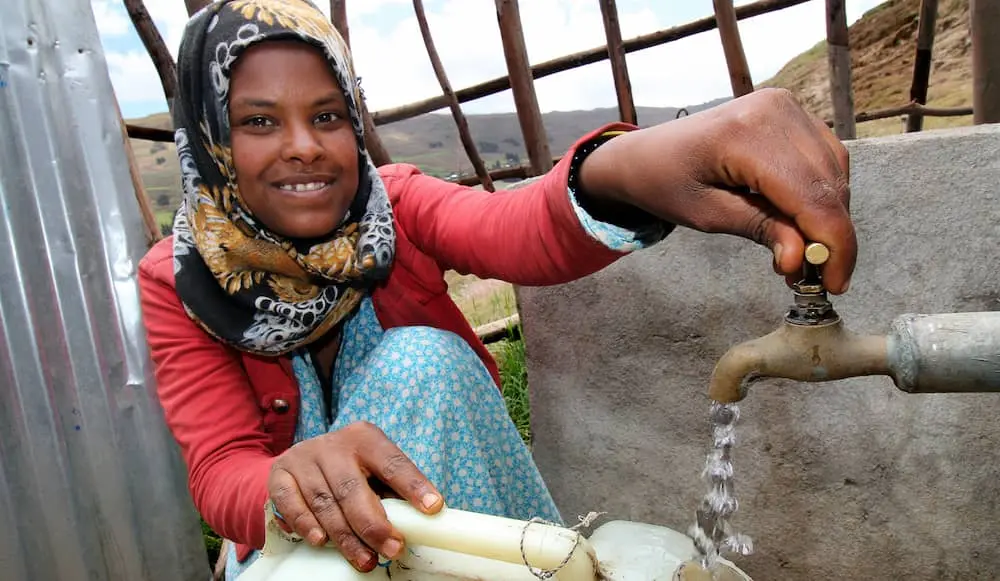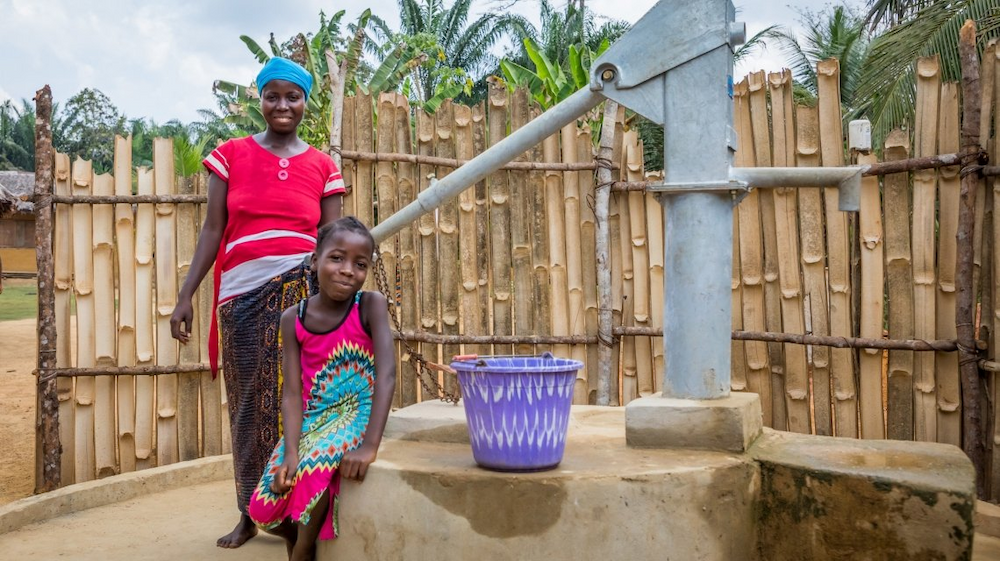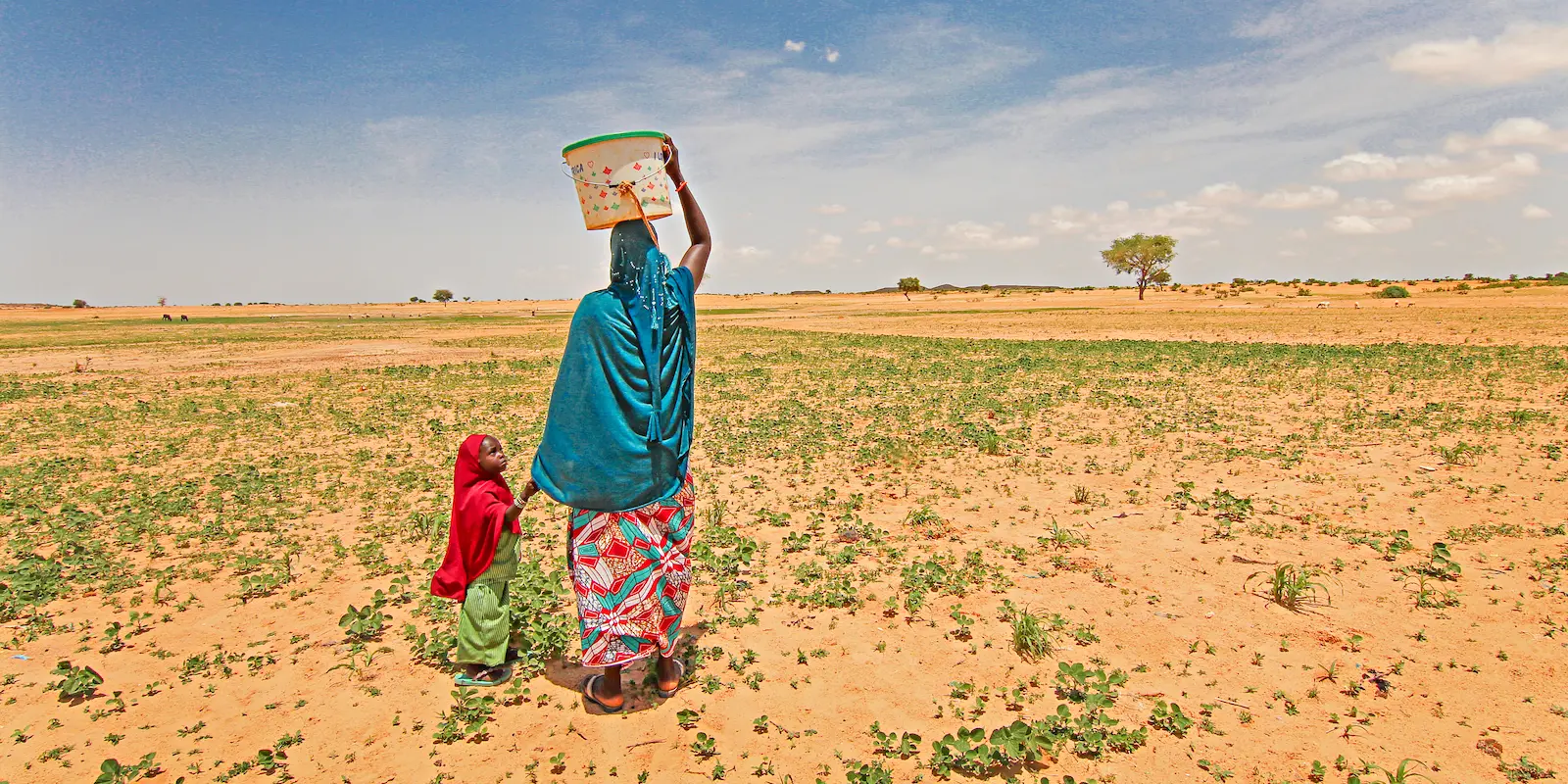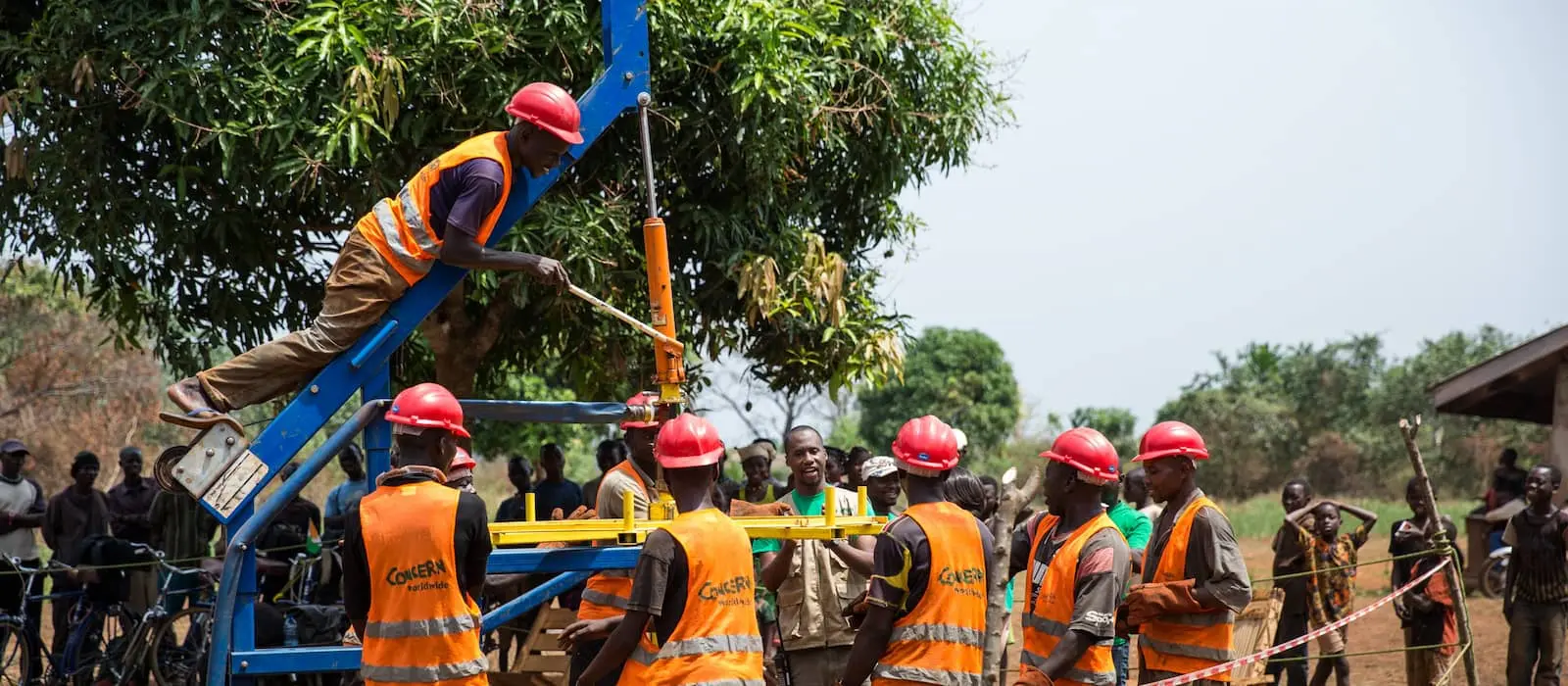Collecting water is a task that falls largely to women and girls as part of keeping house. Added up, however, the time spent on this chore often means girls miss school and women miss out on the chance to earn a decent living. Solving this issue is key to breaking the cycle of poverty.
A recent UNICEF study resulted in a figure that the organization described as “a colossal waste of time.” The subject of the study? How much time women and girls spend fetching water. The total that UNICEF reached was 200 million hours — every day.
More than 2 billion people around the world are without clean water at home. For many, the closest source of water that’s safe for cooking, drinking, and hygiene is at least 30 minutes away by foot. For many, as water sources dwindle, the problem is getting worse, both in terms of having access to clean water and in terms of gender equality. Here are 5 reasons why water is a women’s issue — and one we urgently need to address in order to break the cycle of poverty.
1. Collecting water is physically demanding, especially for girls and pregnant women
Fetching water is a physically demanding task. A typical jerry can (a popular container for carrying water from pump to home) holds five gallons of water and will weigh 40 pounds when full. That’s hard enough to carry for several miles if you’re a grown woman, especially as many carry the jugs on their heads which can lead to back and spine issues over time. The physical and health-related realities of this task for many women go beyond the lifting itself: Carrying in extreme heat can lead to dehydration or sunstroke.
Getting up early or staying up late to get water when it’s less contaminated also means less sleep for women. During the dry seasons in her village in Liberia, Sadah Smith will wake up at 4am to travel further for an available water point. “It takes an hour to get there by foot,” she explained. “I get so tired from the walking, and then I have to go to work.”
Expectant mothers are at a higher risk for injury or complications with their pregnancy. Most doctors agree that pregnant women should limit everyday lifting work to 25 pounds. And, speaking of children, young girls helping out their mothers or caregivers at home are often the ones tasked with getting water. Without the strength to lift these cans safely, it can lead to lifelong health issues.

2. Water collection can also be a life-threatening experience for women and girls
Health aside, there are also physical safety concerns when it comes to walking for several miles each day to get water. For women and girls, the risk of gender-based violence is high. In 2017, mother-of-three Filema Mekonen spoke with us about the risks of her two-hour round trip in southwestern Ethiopia. In order to get to the closest water source before it was contaminated by livestock, she and other women in her village would travel late at night.
“Unless we were guarded by our husbands or other grown men, we were often subjected to risks of wild animal attacks or rape,” Filema explained. “Even my six-year-old daughter was required to fetch water from that risky area, because I had no option.”
Collecting water from a river source like the one Filema and her family used to rely on was a risky act, requiring them to dig into the ground. A powerful current or flooding would sweep away clothes and jerry cans, and also poses a fatal risk, especially for young girls who have yet to learn how to swim.

3. Collecting water keeps girls out of school…
Multiple UNICEF studies show that school attendance improves when family homes are closer to water points. In Tanzania, a water point within 15 minutes of home increased attendance by 12%.
Girls are able to attend school when they don’t need to devote half their day to walking to and from a water point. But water is also a key factor in adolescent girls attending school during their menstrual cycles. Safe and sanitary facilities mean they can tend to their hygiene without sacrificing their education.
4. …and it keeps women from doing more valuable work
If the average woman spends over three and a half hours each day collecting water, that’s three and a half hours that she could be putting towards any number of other activities. For Filema in Ethiopia, the two-hour trips to get water not only meant her children were often late for school, but that she was often late for her communal farming work. “The other participants in the community would complain,” she said of the cascading effect. “This created conflict with my husband as it damaged his social acceptance within the community.”
As UNICEF shows, the hours add up. This logistical nightmare also means that women are unable to maintain a steady and secure job, pursue their own skills training or continuing education, or simply spend time with their family. Still, it’s a sacrifice many are willing to make, even at their own personal expense. Sadah in Liberia took on water collection, along with work harvesting palm and taking care of a family of eight, in order to pay for her children’s school fees and provide for their well-being. “I want my children to grow up to become somebody and make sure that they will not suffer,” she said.
5. But the alternatives are even worse — especially for women
As the primary caregivers at home, women know exactly how water affects their lives, and the lives of their family members. Many will first sacrifice their own needs for those of their partners and children, including the use of water for their own hygiene needs if it’s in short supply.
In some seasons, when left with no other option, mothers like Sadah are faced with the grim reality of giving their children drinking water or food cooked with water that could potentially be contaminated. One water point in Sadah’s area would sometimes be their only source, even though it wasn’t reliably clean. “The water makes our stomachs run with diarrhea and gives us pain,” she said. “I don’t feel good about giving it to the children but they still have to drink it.”
In a village near Sadah’s, cassava farmer Irene Togbah faces similar challenges. Forced to drink contaminated water from a nearby creek, Irene’s family often got sick. This meant that she would struggle to work, either due to her own illness or her childrens’, and therefore struggle to earn the money needed for food and education.

Women and water: Concern’s response
Due to changes in climate and population, the UN estimates that, in less than 10 years, 1.8 billion people will live in water-stressed areas. If current patterns continue, this will disproportionately impact women and girls who will be forced to spend increasing amounts of time and energy searching for and retrieving water.
Concern’s work in water, sanitation, and hygiene (WASH) focuses on solutions to water scarcity, while also taking into consideration the specific needs of people in each community who collect the water.
In Filema’s district of southern Ethiopia, an area hit hard by the 2015-16 El Niño drought, Concern rehabilitated two boreholes, two springs, and nearly 9 miles of water pipeline, including 13 communal water points. Families like Filema’s went from consuming less than one jerry can of unsafe water each day, to four cans of healthy water every day, and spending less time to collect it. “This may not seem like much, but for us women it is a big deal, trust me,” she said. “My children are also now attending school without any interruption because I now have plenty of time to manage the household activities.” We’ve also built water pumps in both Sadah’s and Irene’s villages in Liberia. Since then, Irene’s family, and many others, haven’t had to worry about getting sick from tainted water.


